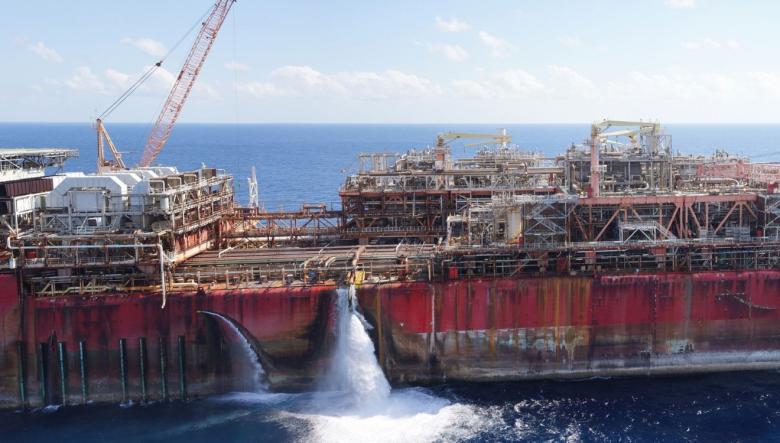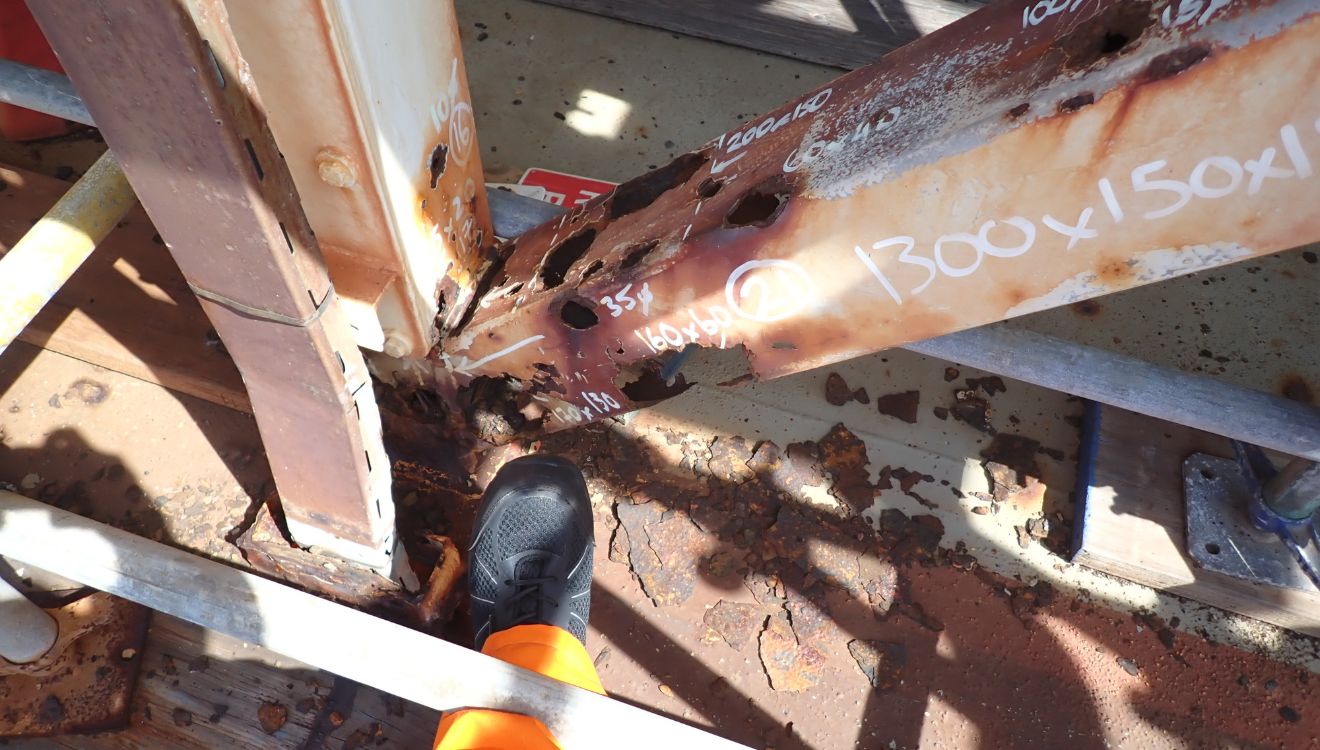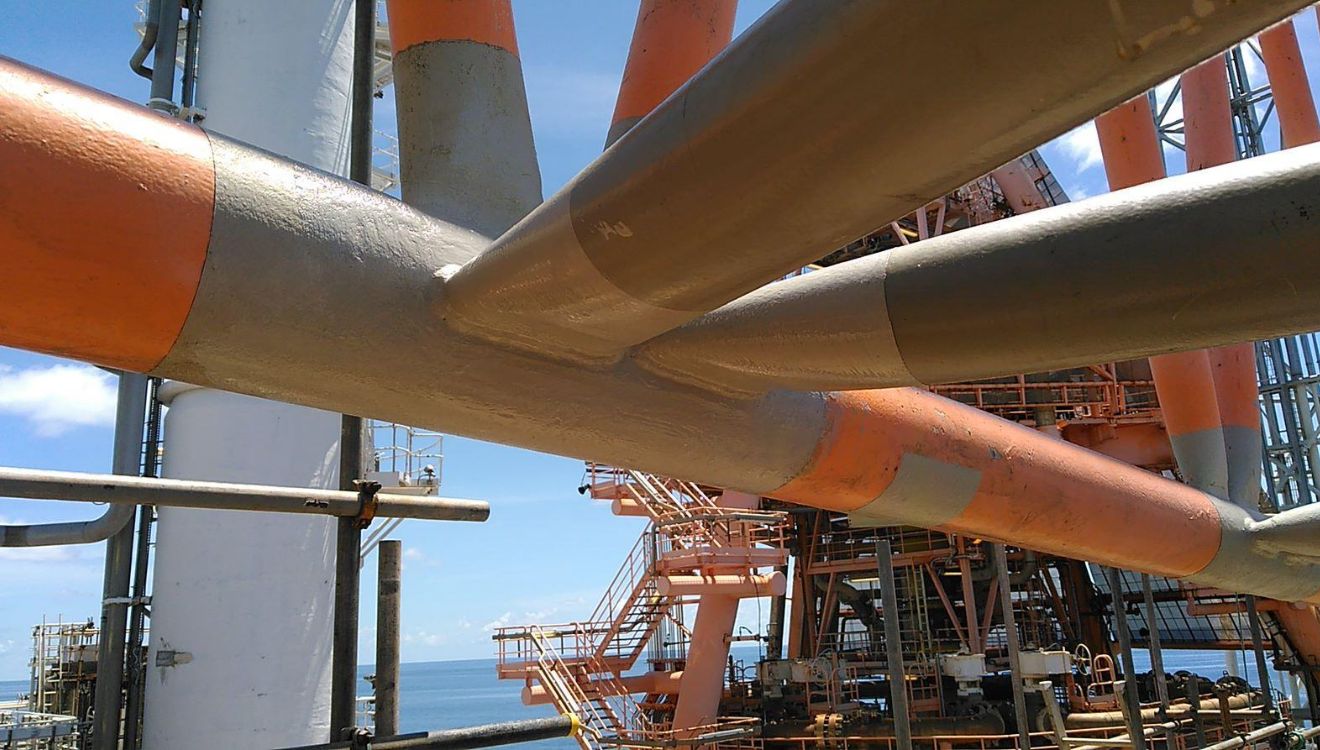The Northern Endeavour is the first deepwater decommissioning project to occur in Australian waters. It’s also a first for the Australian Government. The project involves decommissioning the floating production storage and offtake (FPSO) facility and remediating the Laminaria and Corallina oil fields.
We’ve worked with a range of industry experts at each stage of the project to navigate:
- degradation because of the facility’s age and condition
- having to tow and recycle the FPSO as well as decommission it
- difficulties accessing specialised support vessels
- complex regulations.
This has allowed us to strengthen our relationships with industry and is informing our policy development work.
Age and condition of the facility
Built in 1999, the Northern Endeavour was designed to be in service for 20 years.
The Northern Endeavour was in a state of disrepair when the Commonwealth took over responsibility for the facility in 2020. Excessive corrosion was causing structural integrity issues and much of the operating equipment on the FPSO had become unreliable.
Since then, our contractors have been working on an ongoing program of repair and maintenance. These works are to maintain the class of the FPSO and ensure the safety of workers and the environment. National Offshore Petroleum Safety and Environmental Management Authority (NOPSEMA) also regularly inspects the safety of the FPSO.
Systems and equipment
Many of the systems and equipment on board were well past their useful life, needing extensive repairs and maintenance, or complete replacement. However, the facility’s age meant that spare parts or replacements were no longer manufactured and were difficult to find.
There were issues with several important systems on the vessel:
- plumbing
- sewerage treatment
- fire and gas detection
- power generation
- utility systems such as fresh water, seawater and compressed air.
Structural integrity
Structural integrity was also at risk from excessive corrosion. Significant works have strengthened and replaced critically damaged infrastructure. For example, we replaced steel beams and supports and treated them for rust and put in place extensive scaffolding to support the overall structure.




